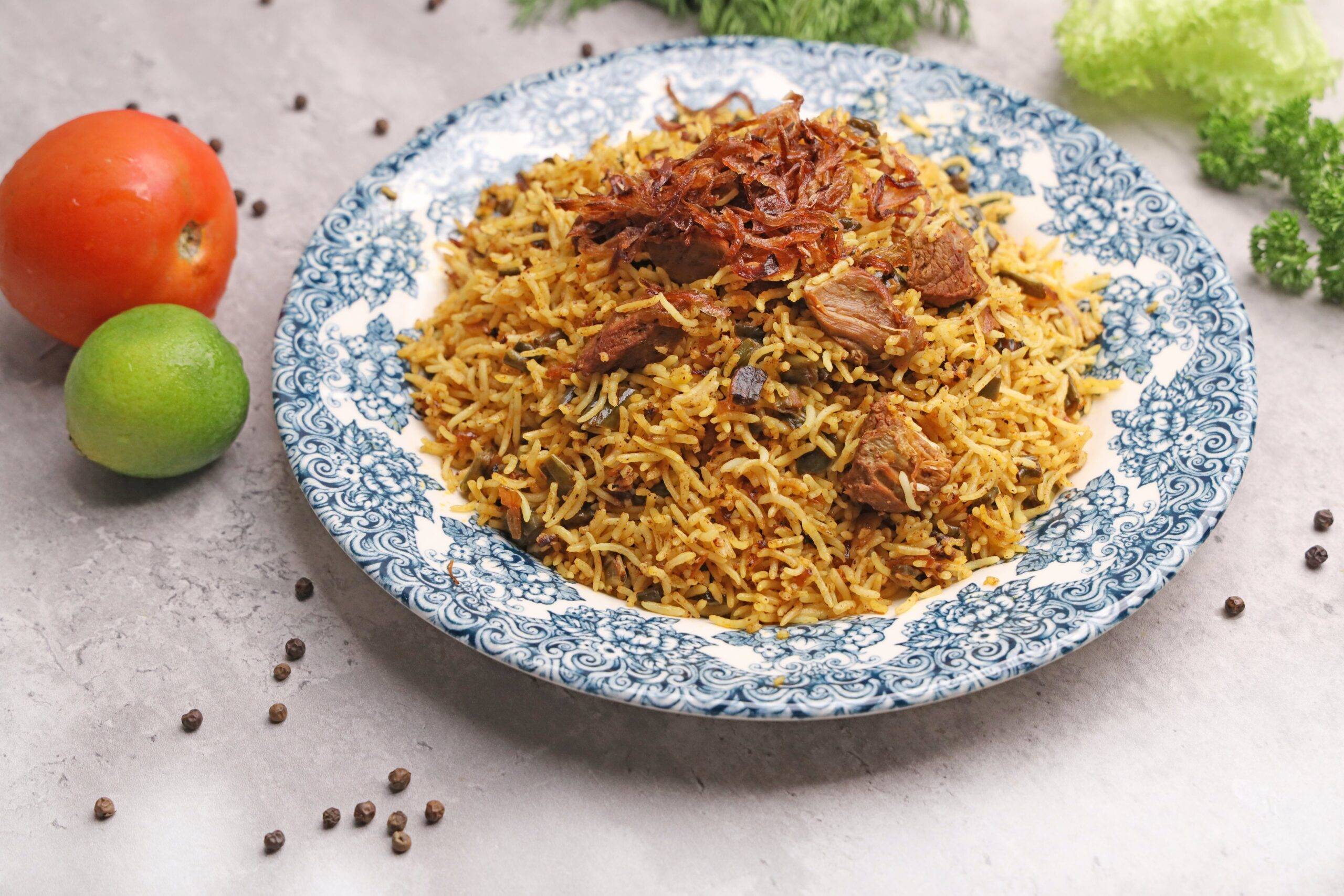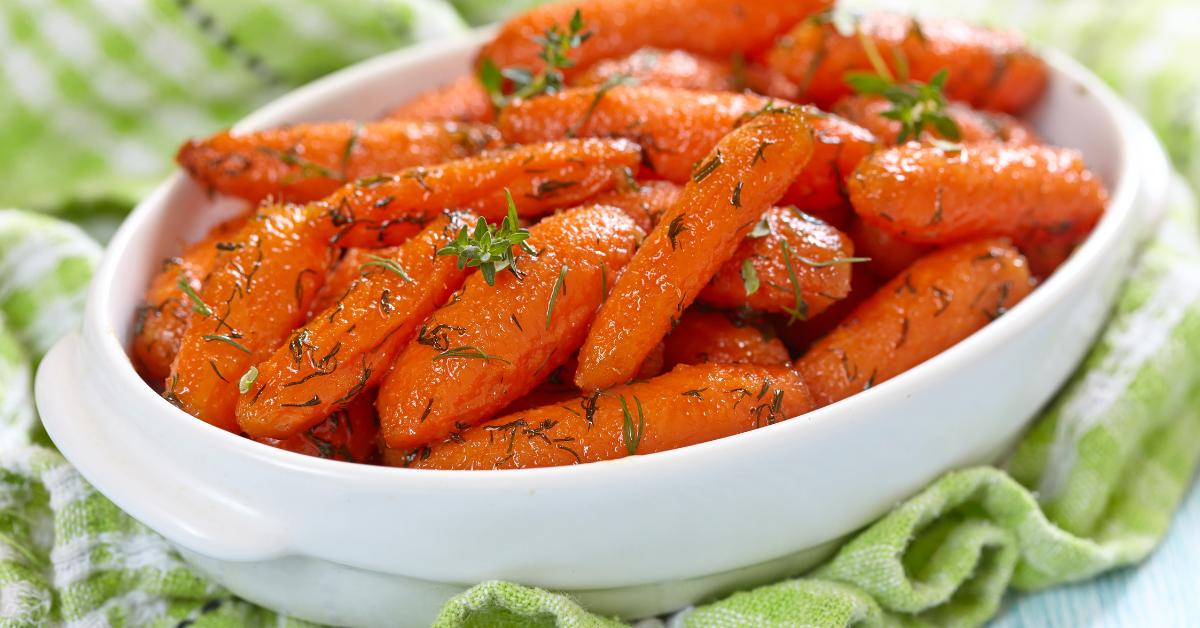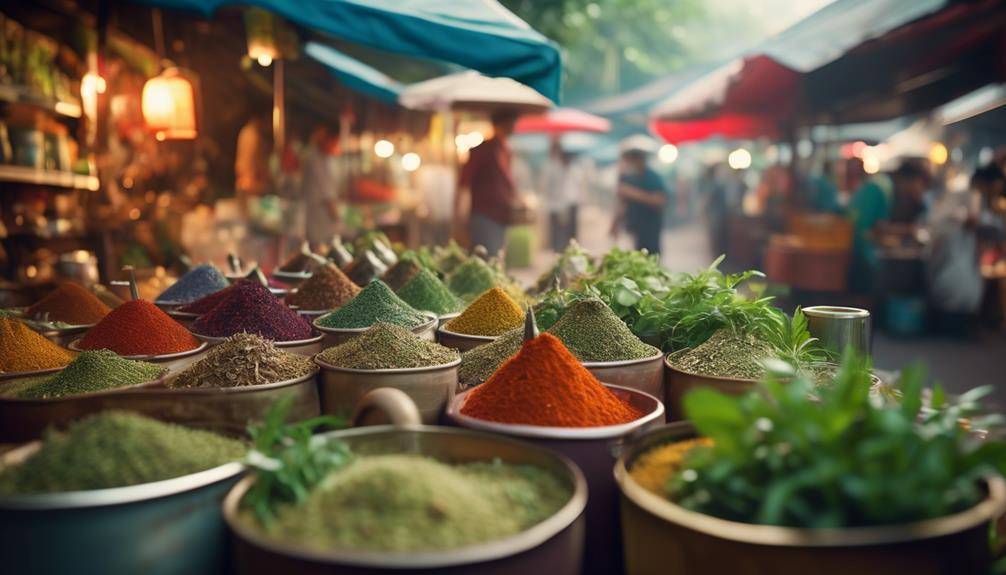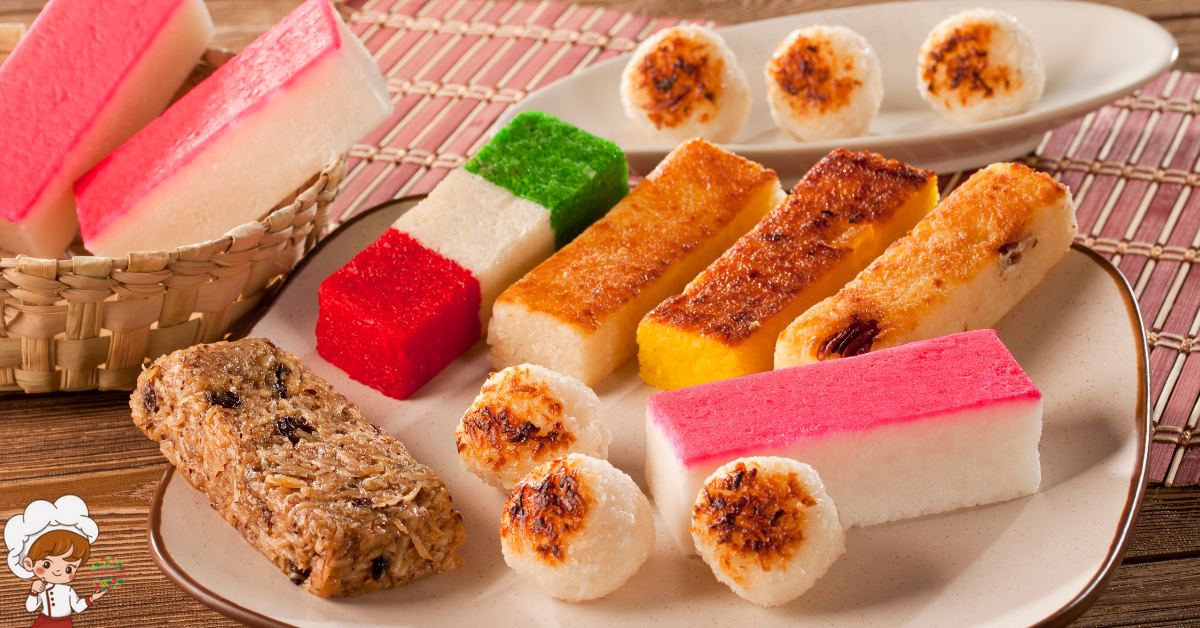Classic Spanish Dishes For Special Occasions
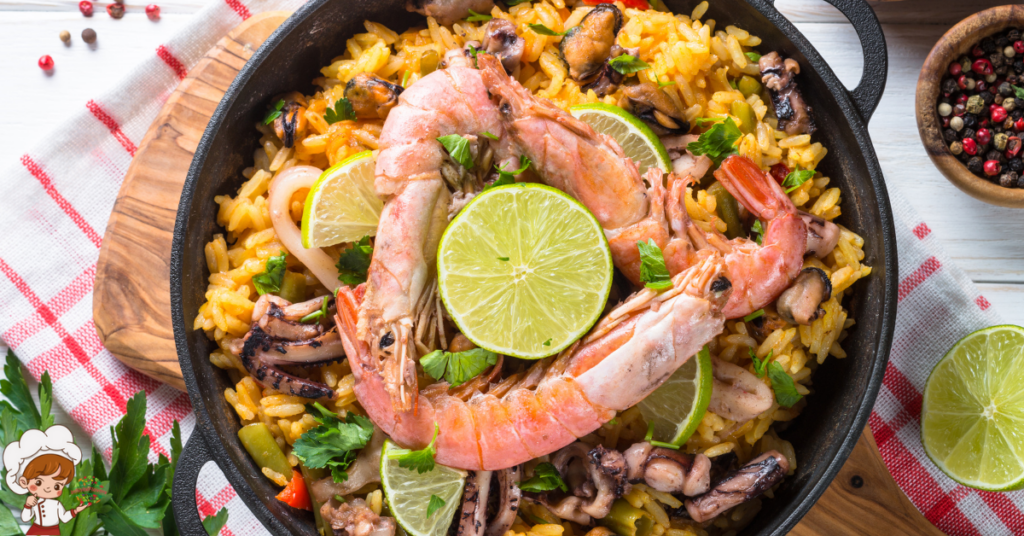
Classic Spanish Dishes For Special Occasions; So, you’ve been invited to a special occasion and you want to impress your friends or family with some classic Spanish dishes. Well, look no further! In this discussion, we will explore some mouthwatering options that are sure to elevate any celebration. From the iconic rice dish paella to the small plates packed with big flavors known as tapas, there’s something for everyone. But that’s not all, we’ll also uncover some refreshing soups, sweet treats, hearty stews, and delightful desserts. So, get ready to embark on a culinary journey through the vibrant and diverse world of Spanish cuisine that will leave you wanting more.
Paella: The Iconic Spanish Rice Dish
When it comes to iconic Spanish rice dishes, there is one that stands above the rest – paella. This flavorful and vibrant dish originated in the Valencia region of Spain and has become renowned worldwide. Paella is a rice-based dish that is traditionally cooked in a large, shallow pan called a paellera. The cooking technique for paella involves layering ingredients and cooking them slowly to develop deep flavors.
There are several cooking techniques used to make paella, but the most traditional one involves sautéing the ingredients, such as chicken, rabbit, and vegetables, in olive oil. Then, the rice is added and cooked in a flavorful broth infused with saffron. The pan is left undisturbed, allowing a crispy crust, known as socarrat, to form on the bottom. This crust adds an extra layer of texture and flavor to the dish.
Paella has many variations and regional specialties. In Valencia, the birthplace of paella, the most traditional version is made with rabbit, chicken, and sometimes snails. However, seafood paella with prawns, mussels, and squid is also very popular. In other regions of Spain, you may find paella made with different meats, like duck or pork, or even vegetarian versions with artichokes and beans.
No matter the variation, paella is a dish that brings people together. It is often prepared in large quantities, making it perfect for celebrations and gatherings. The aroma of saffron-infused rice and the colorful medley of ingredients make paella not only a delicious meal but also a feast for the senses. So, whether you prefer the traditional Valencian paella or one of its regional variations, this iconic Spanish rice dish is sure to delight your taste buds.
Tapas: Small Plates With Big Flavor
Get ready to tantalize your taste buds with traditional tapas varieties that are packed with big flavors. From savory bites of Spanish omelette to tender grilled shrimp skewers, tapas offer a diverse range of options to satisfy any palate. These small plates are made using popular tapas ingredients like jamón ibérico, olives, and Manchego cheese, ensuring a delightful culinary experience with every bite.
Traditional Tapas Varieties
Indulge in the enticing array of traditional tapas varieties, where small plates burst with big flavor. These delectable bite-sized dishes are a staple of Spanish cuisine, perfect for sharing among friends and family. From the bustling streets of Madrid to the picturesque coastal towns of Andalusia, each region in Spain boasts its own unique tapas specialties. Here are three traditional tapas recipes to tempt your taste buds:
- Patatas Bravas: Crispy fried potatoes smothered in a spicy tomato sauce, topped with creamy aioli. This popular tapa originated in Madrid and is a must-try for potato lovers.
- Gambas al Ajillo: Succulent shrimp sautéed in olive oil, garlic, and chili flakes. This classic tapa hails from the southern region of Andalusia and is a seafood lover’s delight.
- Tortilla Española: A Spanish omelette made with eggs, potatoes, and onions. This hearty tapa is a staple across the country and can be enjoyed hot or cold.
Whether you’re a fan of potatoes, seafood, or eggs, there’s a traditional tapa to suit every palate. So grab a plate and savor the flavors of Spain!
Popular Tapas Ingredients
As you explore the world of traditional tapas varieties and their mouthwatering flavors, it’s essential to familiarize yourself with the popular tapas ingredients that bring these small plates to life. In popular tapas restaurants, you’ll often find a range of unique tapas recipes that showcase the diverse flavors of Spanish cuisine. Some of the most popular tapas ingredients include olives, cured meats like jamón ibérico or chorizo, and various types of cheese like manchego or tetilla.
Seafood is also a common ingredient, with dishes featuring fresh shrimp, squid, or octopus. Vegetables such as tomatoes, peppers, and artichokes add a vibrant touch to many tapas dishes. And let’s not forget about the essential olive oil, garlic, and spices like paprika and saffron, which bring depth and complexity to these small but flavor-packed plates.
Gazpacho: A Refreshing Cold Soup
Gazpacho, a refreshing cold soup, is a delightful and flavorful dish that is perfect for special occasions. This traditional Spanish dish has variations and regional differences, making it a versatile option for any gathering. Here are some key points to consider when exploring the world of gazpacho:
- Variations and Regional Differences:
- Andalusian Gazpacho: This is the most well-known version of gazpacho, made with tomatoes, cucumbers, bell peppers, onions, garlic, bread, olive oil, vinegar, and salt. It is often garnished with diced vegetables for added texture and freshness.
- Extremaduran Gazpacho: This variation includes the addition of serrano ham, hard-boiled eggs, and croutons, giving it a heartier flavor and texture.
- Manchegan Gazpacho: In this version, almonds and grapes are added to the traditional gazpacho ingredients, creating a unique blend of sweet and savory flavors.
- Health Benefits and Nutritional Value:
- High in Vitamins and Antioxidants: Gazpacho is packed with vitamins A and C, as well as antioxidants from the fresh vegetables used. These nutrients help boost your immune system and protect your cells from damage.
- Hydrating and Low in Calories: Gazpacho is primarily made up of water-rich vegetables, making it a great option for staying hydrated. Additionally, it is low in calories, making it a guilt-free option for those watching their weight.
- Heart-Healthy: The use of olive oil in gazpacho provides healthy fats that are beneficial for cardiovascular health. It also contains no cholesterol, making it a heart-healthy choice.
Gazpacho is not only a delicious and refreshing dish, but it also offers a range of health benefits. With its variations and regional differences, you can experiment with different flavors and find the perfect gazpacho to suit your taste. So, why not add this classic Spanish soup to your next special occasion menu?
Churros: Sweet and Crunchy Spanish Treats
Now, let’s talk about churros, the sweet and crunchy Spanish treats that are perfect for any special occasion. First, we’ll explore the traditional recipe for churros, which consists of a simple dough made from flour, water, and salt. Then, we’ll delve into some delicious serving suggestions, such as dipping the churros in thick hot chocolate or sprinkling them with cinnamon sugar. Get ready to indulge in the irresistible taste and texture of these delightful Spanish treats.
Churros: Traditional Recipe
To make the perfect churros, follow this authentic Spanish recipe that will leave you craving more of these sweet and crunchy treats. Churros have a rich history and cultural significance in Spain, with variations and toppings that make them even more delightful. Here’s how you can make them at home:
- Ingredients:
- 1 cup water
- 1/2 cup unsalted butter
- 1/4 teaspoon salt
- 1 cup all-purpose flour
- 3 large eggs
- Vegetable oil for frying
- Instructions:
- In a saucepan, bring water, butter, and salt to a boil.
- Remove from heat and stir in flour until mixture forms a ball.
- Beat in eggs, one at a time, until well incorporated.
- Heat oil in a deep pan and pipe the dough into hot oil, cutting into desired lengths.
- Fry until golden brown, then drain on paper towels.
- Serve hot with sugar, cinnamon, or chocolate sauce.
With this traditional recipe, you can enjoy the authentic taste of churros right at home.
Churros: Serving Suggestions
For a delightful and satisfying way to enjoy churros, explore these creative serving suggestions that will elevate your experience of these sweet and crunchy Spanish treats. When it comes to churros, dipping sauces are a must-have. Classic choices include rich chocolate sauce, caramel sauce, or dulce de leche. If you’re feeling adventurous, try pairing your churros with a tangy fruit coulis or a creamy vanilla custard.
Another way to elevate your churros experience is by trying variations on the classic recipe. Add a sprinkle of cinnamon sugar or a dusting of powdered sugar for a sweet twist. For a savory option, sprinkle grated cheese on top or dip your churros in a spicy tomato sauce. These creative serving suggestions will take your churros to the next level and provide a truly indulgent treat.
Pisto: A Hearty Vegetable Stew
Pisto, a hearty vegetable stew, is a beloved dish in Spanish cuisine that is sure to satisfy even the heartiest of appetites. This traditional recipe combines the vibrant flavors of fresh vegetables with aromatic herbs and spices, resulting in a dish that is both comforting and nutritious. Pisto is typically made with a variety of vegetables, such as tomatoes, peppers, zucchini, and onions, which are sautéed until they are tender and fragrant. The vegetables are then simmered in a rich tomato sauce, allowing the flavors to meld together and create a deliciously hearty stew.
When preparing pisto, it is important to use the freshest ingredients available to ensure the best possible flavor. The vegetables should be diced into small, uniform pieces to ensure even cooking, and the herbs and spices should be added at just the right moment to infuse the stew with their aromatic essence. Additionally, some variations of pisto may include the addition of eggs, which are gently poached in the stew and add a creamy richness to the dish.
Pisto can be enjoyed as a main course on its own, or it can be served as a side dish alongside grilled meats or fish. It pairs particularly well with crusty bread, allowing you to soak up every last bit of the flavorful sauce. Whether you are looking for a comforting and nutritious meal or a delicious side dish for a special occasion, pisto is a classic Spanish dish that is sure to impress.
Sangria: A Festive Spanish Wine Punch
Sangria, a vibrant and refreshing Spanish wine punch, is the perfect beverage to elevate any festive occasion. Originating from Spain, this delightful concoction is a harmonious blend of red wine, fresh fruits, and a touch of sweetness. The beauty of sangria lies in its versatility, as it can be customized to suit your taste and the occasion at hand. With a wide range of sangria variations and pairings, you can create a drink that perfectly complements the flavors of your meal.
One popular variation of sangria is the white sangria, which uses white wine instead of red. This lighter and fruitier version is perfect for hot summer days or for those who prefer a milder flavor. You can experiment with different fruits such as peaches, mangoes, or strawberries to add a burst of freshness to your white sangria.
When it comes to pairings, sangria is incredibly versatile and can be enjoyed with a variety of dishes. For a traditional Spanish feast, pair your sangria with tapas like patatas bravas, Spanish omelette, or gambas al ajillo. The fruity and acidic flavors of the sangria beautifully complement the rich and savory flavors of these dishes.
If you’re hosting a barbecue or a casual gathering, try pairing your sangria with grilled meats such as chorizo, chicken, or pork. The bold flavors of the meat are beautifully balanced by the refreshing and fruity notes of the sangria. For a vegetarian option, pair your sangria with grilled vegetables like zucchini, bell peppers, or eggplant.
Tortilla Española: Traditional Spanish Omelette
Continuing our exploration of Spanish dishes for special occasions, let’s now turn our attention to the mouthwatering delight known as Tortilla Española: Traditional Spanish Omelette. This iconic dish is a staple in Spanish cuisine and is often enjoyed during celebratory gatherings.
When it comes to traditional tortilla variations, the classic Tortilla Española consists of just a few simple ingredients: eggs, potatoes, onions, and olive oil. The preparation involves thinly sliced potatoes and onions that are gently fried until they become tender and golden. These are then mixed with beaten eggs and cooked until the omelette is perfectly set. The result is a hearty and flavorful dish that can be enjoyed hot or cold.
In addition to the basic ingredients, there are countless variations of fillings that can be added to the tortilla. Some popular options include diced bell peppers, chorizo, spinach, or even cheese. These fillings not only add extra flavor but also provide a unique twist to the traditional recipe.
One of the great things about Tortilla Española is its versatility. It can be served as a main course, accompanied by a side salad or crusty bread, or cut into smaller portions and served as a tapa. It is a dish that can be enjoyed at any time of the day, whether it’s for breakfast, lunch, or dinner.
Gambas Al Ajillo: Garlic Shrimp With a Kick
For those who crave a burst of flavor and a hint of spice, look no further than Gambas Al Ajillo: Garlic Shrimp With a Kick. This dish is a classic Spanish seafood delicacy that will leave your taste buds wanting more. Gambas Al Ajillo is a simple yet impressive dish that combines succulent shrimp with a rich garlic sauce and a touch of red pepper flakes.
To make this dish, start with the freshest shrimp you can find. The key to the perfect Gambas Al Ajillo lies in the quality of the ingredients. Once you have your shrimp, peel and devein them, leaving the tails intact for a beautiful presentation. In a hot skillet, heat olive oil and add minced garlic. Allow the garlic to infuse the oil, releasing its aromatic flavors. Then, add the shrimp and cook until they turn pink and curl up. Sprinkle with a pinch of red pepper flakes for that extra kick.
The combination of the garlic-infused oil and the perfectly cooked shrimp creates a delectable dish that is both savory and satisfying. The garlic adds a bold and aromatic flavor, while the red pepper flakes provide a subtle spiciness that enhances the overall taste. Gambas Al Ajillo is best enjoyed with a glass of chilled white wine, allowing the flavors to complement each other.
Garlic shrimp recipes are quite popular in Spanish cuisine, and Gambas Al Ajillo is no exception. This dish showcases the simplicity and elegance of Spanish cooking, allowing the natural flavors of the shrimp to shine through. Whether you’re hosting a special occasion or simply looking to impress your dinner guests, Gambas Al Ajillo is the perfect addition to any menu.
Crema Catalana: Creamy Spanish Dessert With a Caramelized Top
If you have a sweet tooth and are looking for a creamy and indulgent Spanish dessert, look no further than Crema Catalana: a delightful treat with a caramelized top. This classic dessert originated in Catalonia, a region in northeastern Spain, and is beloved for its rich and velvety texture combined with a crispy layer of burnt sugar on top.
Here are some variations and flavor combinations you can explore with Crema Catalana:
- Traditional Flavors: The classic Crema Catalana is flavored with vanilla and lemon zest. This combination gives the dessert a refreshing and citrusy note that balances well with the creamy custard.
- A Twist of Citrus: To add a twist to the traditional recipe, you can experiment with different citrus flavors. Try incorporating orange or lime zest into the custard for a tangy and fragrant taste.
- Infusions and Spices: Another way to elevate the flavor of Crema Catalana is by infusing the milk and cream with aromatic ingredients such as cinnamon sticks, star anise, or even a hint of cardamom. These spices add warmth and complexity to the dessert.
Now let’s explore the history and cultural significance of Crema Catalana:
- Historical Roots: Crema Catalana has a long history dating back to the 14th century in Catalonia. It was originally made as a festive dessert during celebrations and special occasions.
- Cultural Significance: This dessert holds deep cultural significance in Catalonia and is often associated with the region’s identity. It is commonly served during traditional Catalan festivals and is considered a symbol of Catalan cuisine.
- National Day Dessert: Crema Catalana is also closely tied to the celebration of Catalonia’s National Day, which is commemorated on September 11th. It is a traditional dessert enjoyed by locals and tourists alike during this festive occasion.
Frequently Asked Questions: Classic Spanish Dishes For Special Occasions
How Long Does It Take to Cook Paella?
To achieve the perfect socarrat in your paella, cook it slowly on low heat. However, if you’re short on time, there are some tips for speeding up the cooking time.
What Are Some Traditional Toppings for Tortilla Española?
For traditional garnishes, try sliced tomatoes, roasted red peppers, or olives. But don’t be afraid to get creative with your tortilla española! Add some chorizo, spinach, or even caramelized onions for a delicious twist on this classic Spanish dish.
Can Churros Be Made With Different Types of Dough?
Yes, churros can be made with different types of dough. To make churros with alternative dough recipes, you can use ingredients like sweet potato or pumpkin to add a unique twist to this classic Spanish treat.
How Is Gazpacho Different From Other Types of Cold Soups?
Gazpacho stands out from other cold soups due to its unique taste and texture. Originating from Spain, this refreshing dish is made with fresh vegetables like tomatoes, cucumbers, and peppers, blended to perfection.
What Type of Wine Is Typically Used in Sangria?
The best fruits to use in homemade sangria are oranges, lemons, and apples. Tips for serving sangria at a summer party include chilling it well, adding ice cubes, and serving it in glasses with fresh fruit garnishes.
Conclusion
In conclusion, these classic Spanish dishes are perfect for special occasions. From the iconic paella filled with flavorful rice and various ingredients, to the small plates of tapas bursting with big flavors, these dishes will surely impress your guests. Don’t forget to serve a refreshing cold gazpacho and indulge in some sweet and crunchy churros. For a heartier option, try the vegetable stew pisto or the traditional Spanish omelette, tortilla Española. And to add a festive touch, serve sangria and end your meal with the creamy and caramelized crema Catalana.



